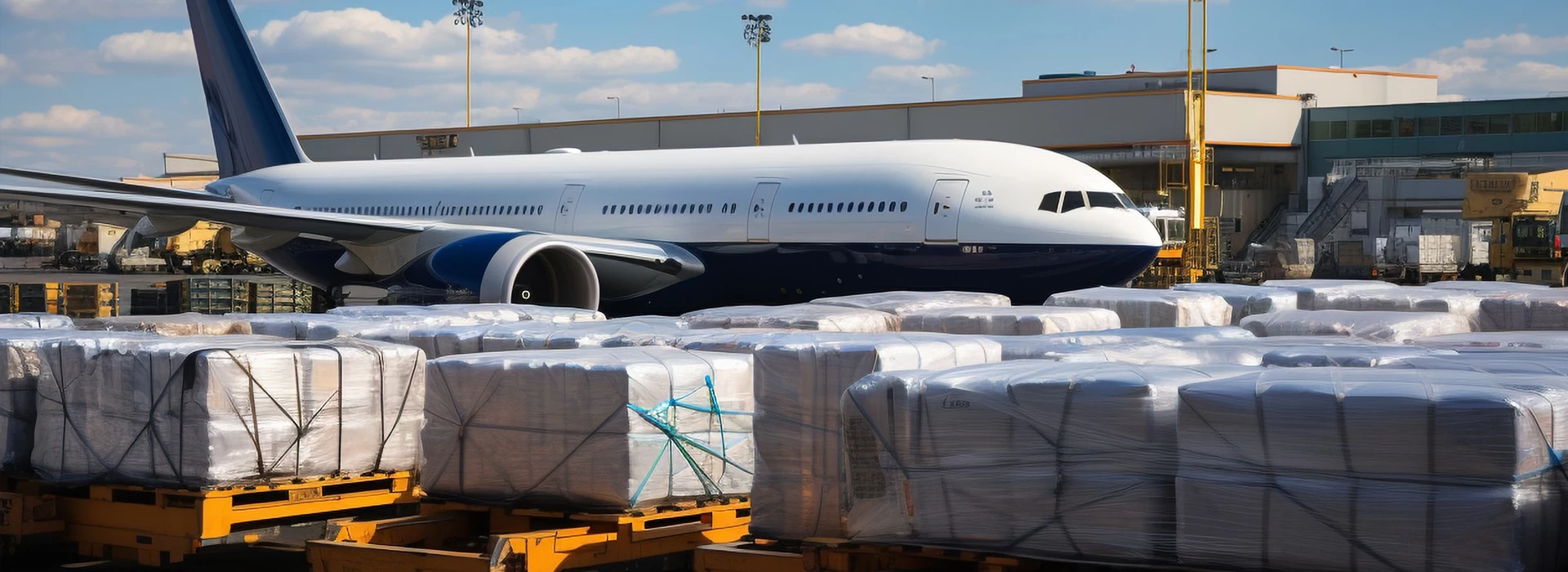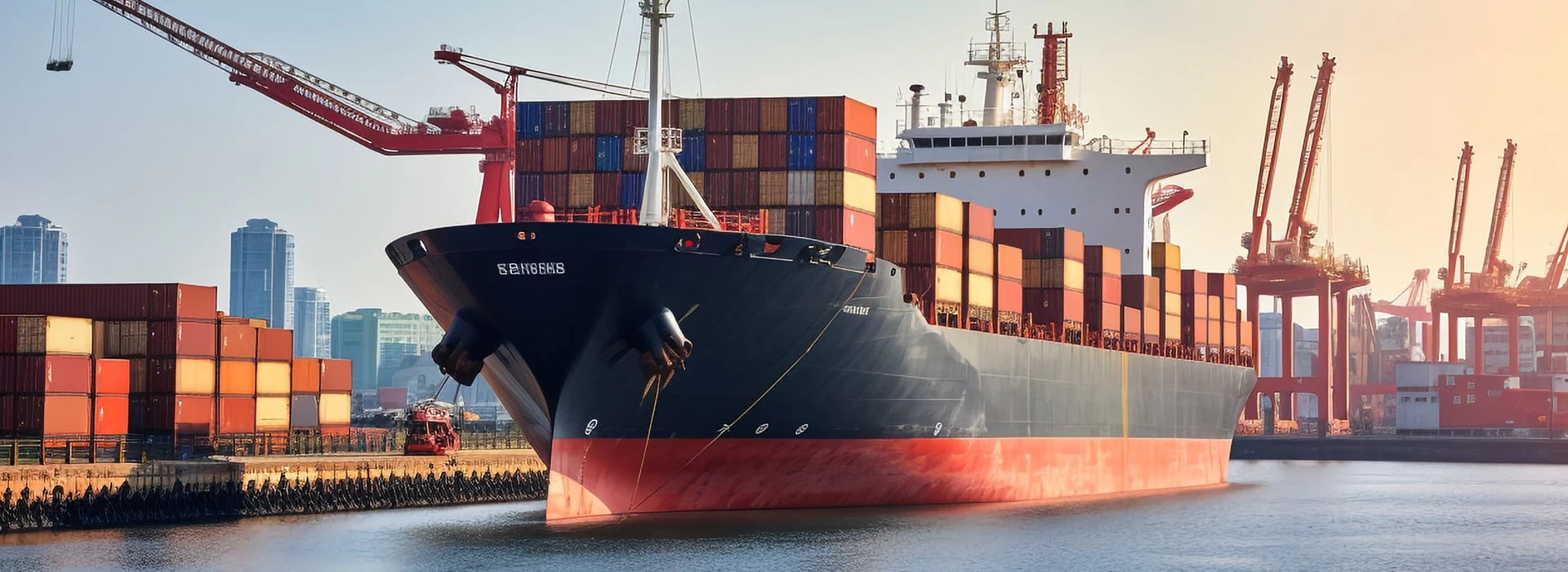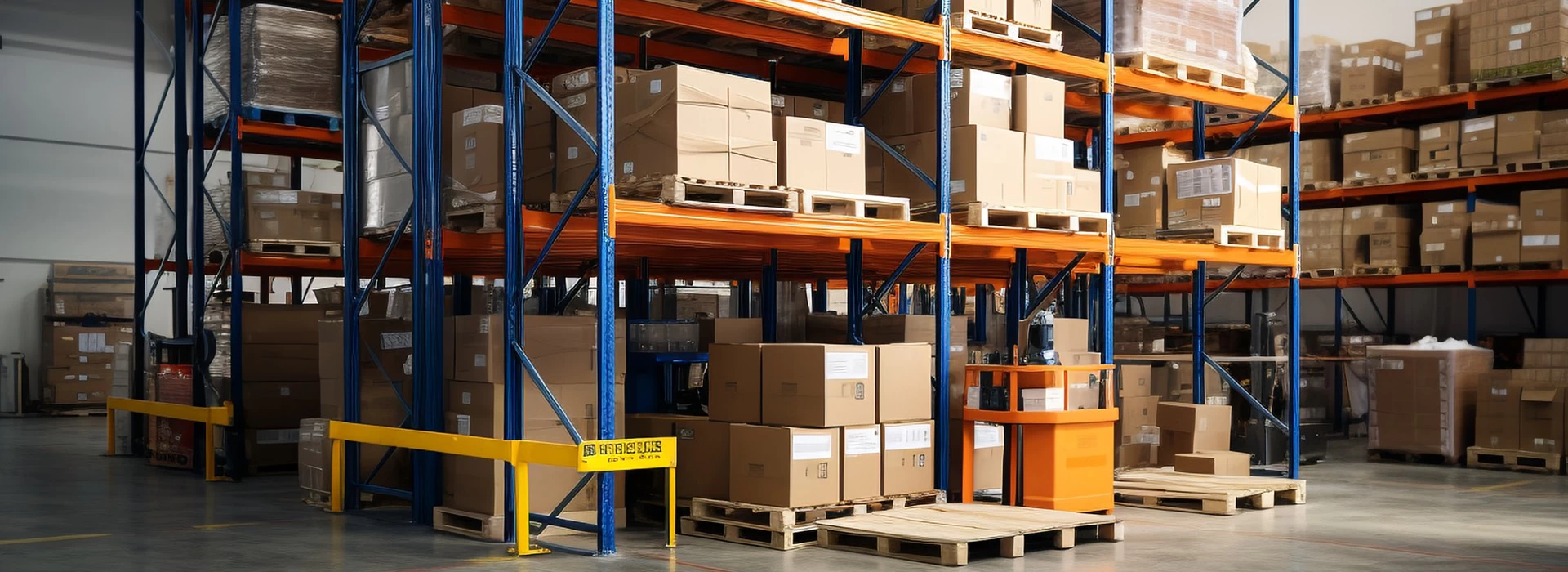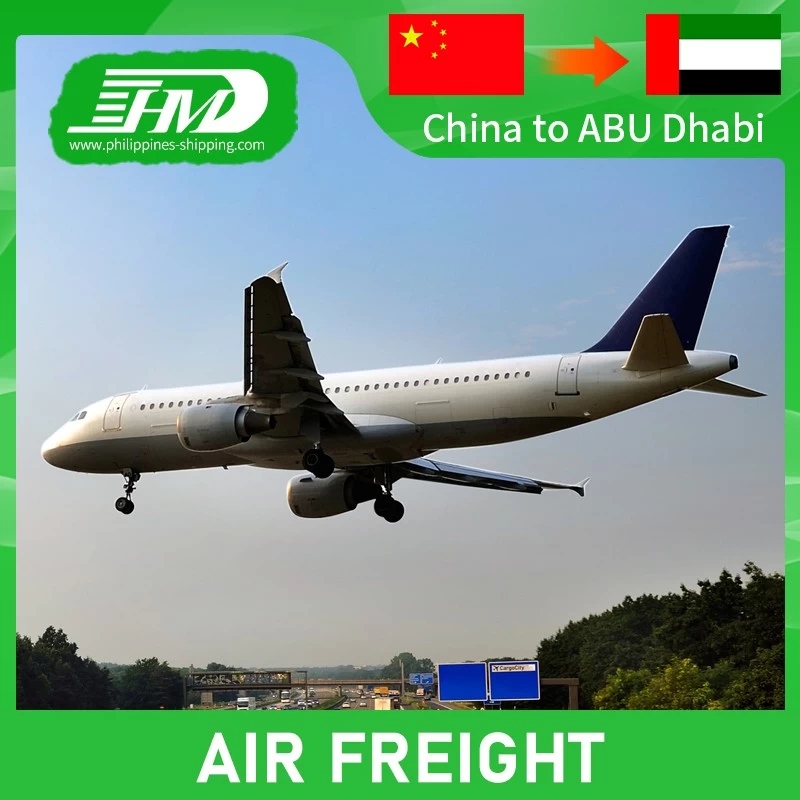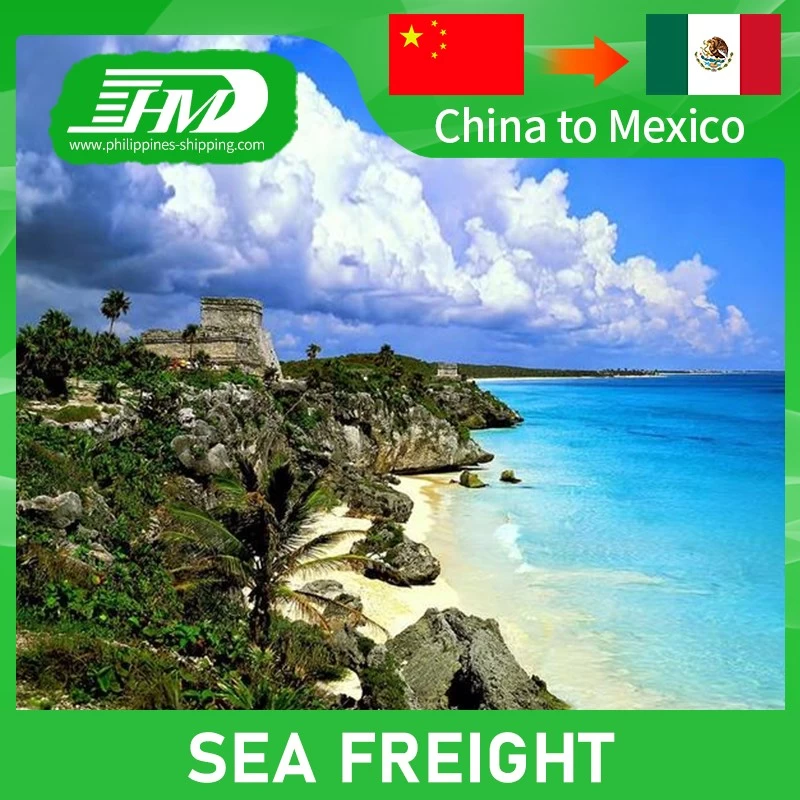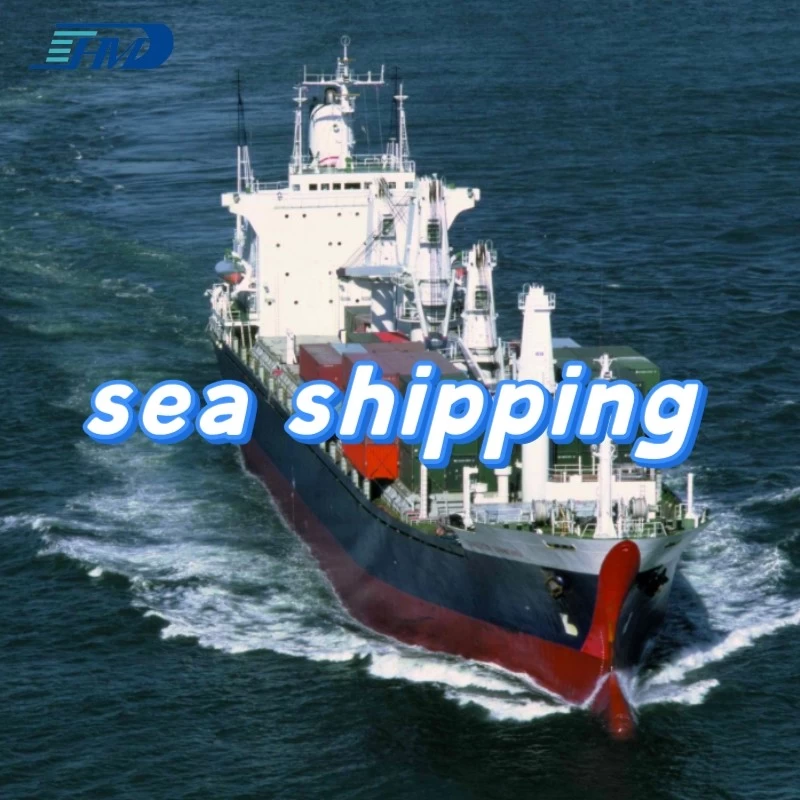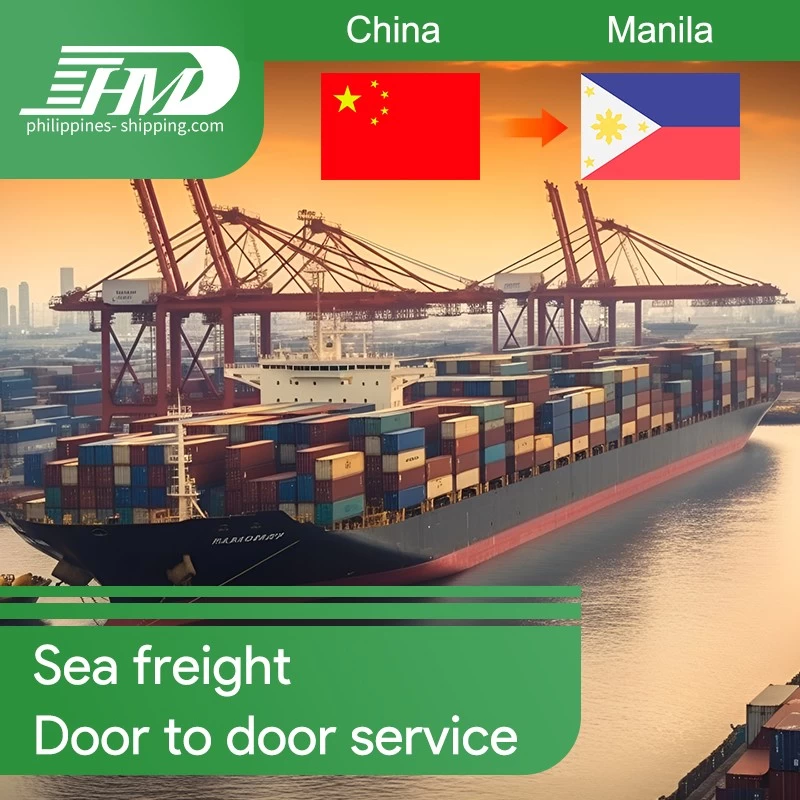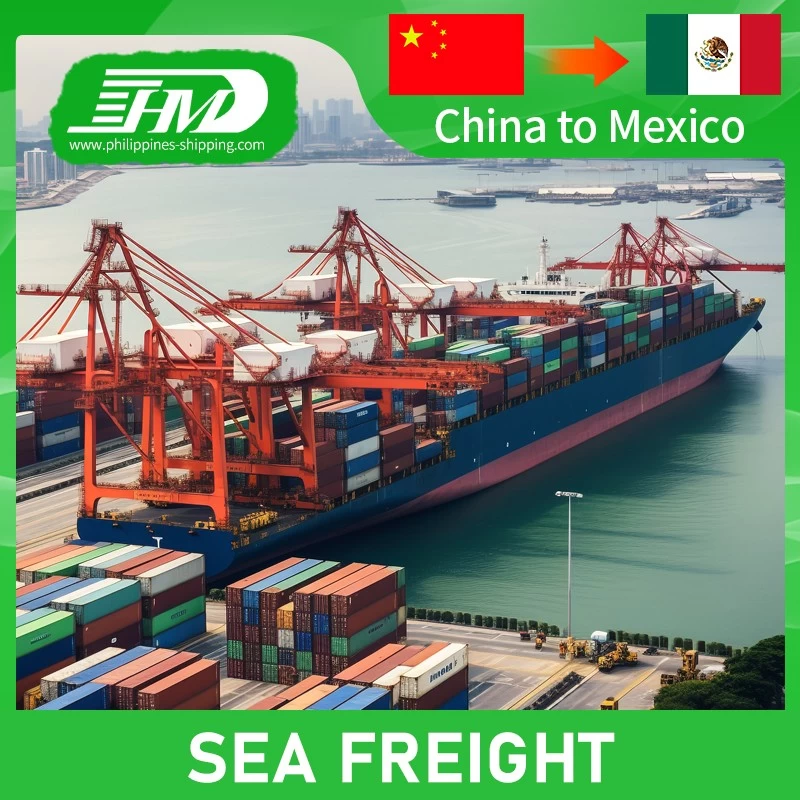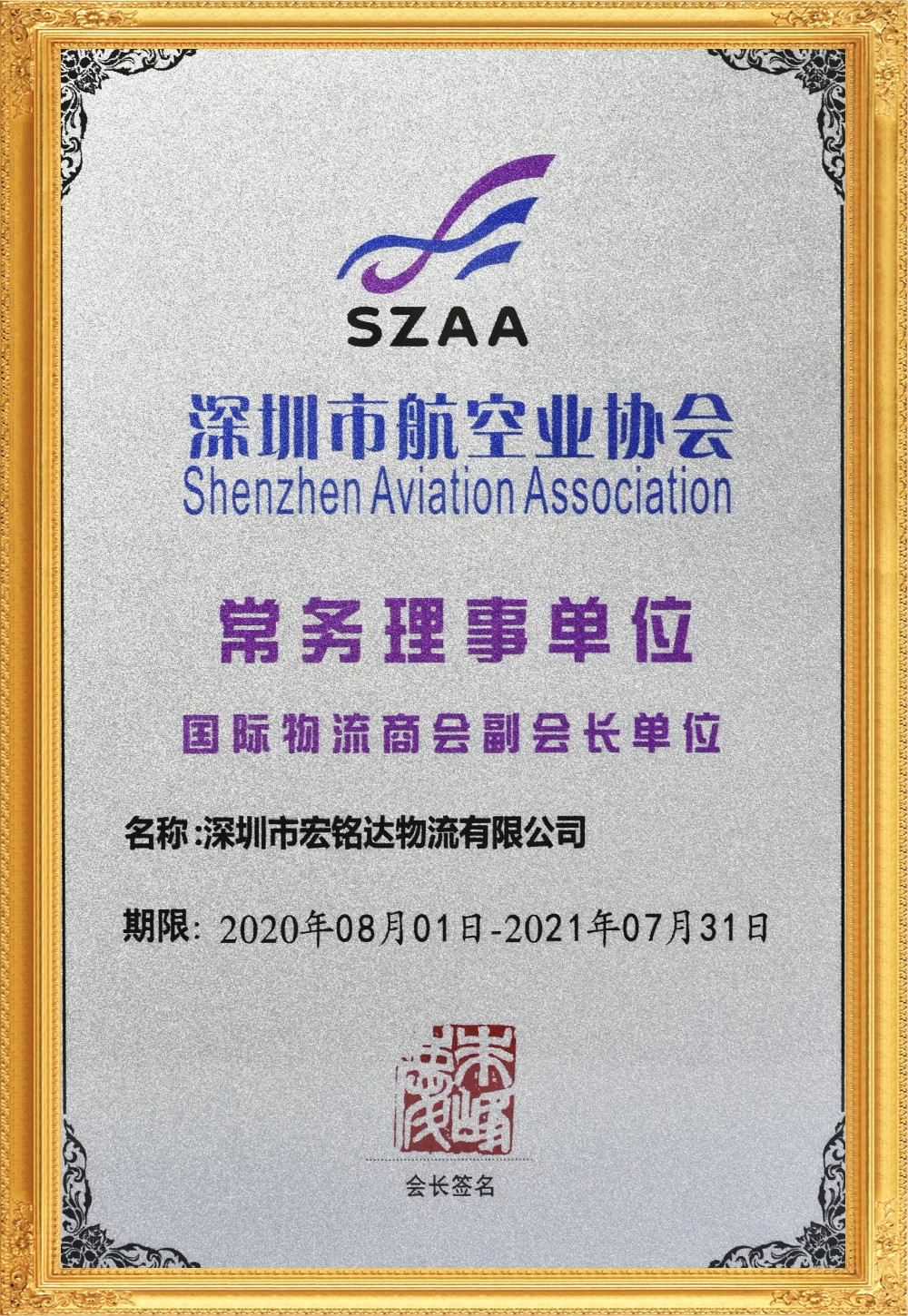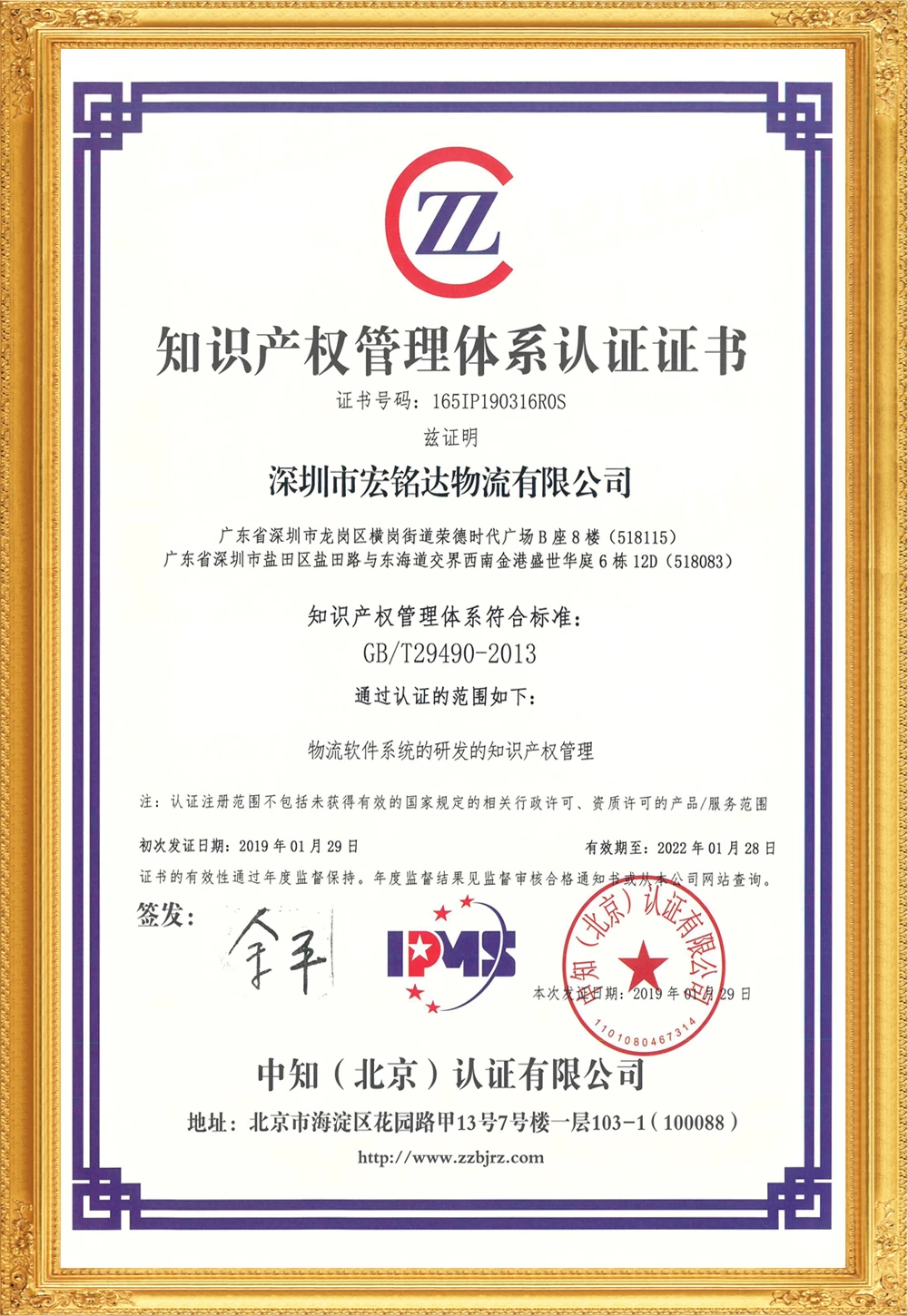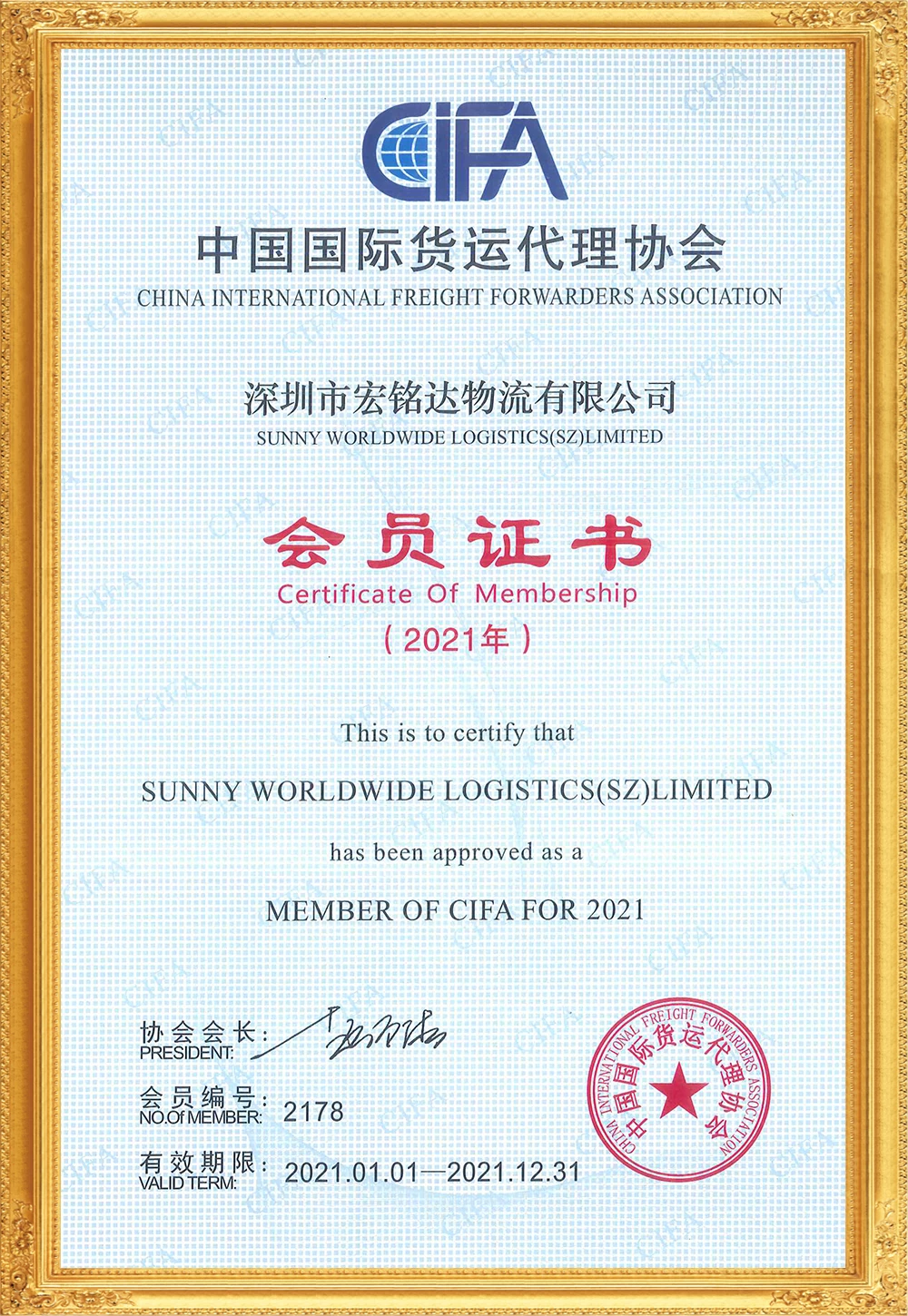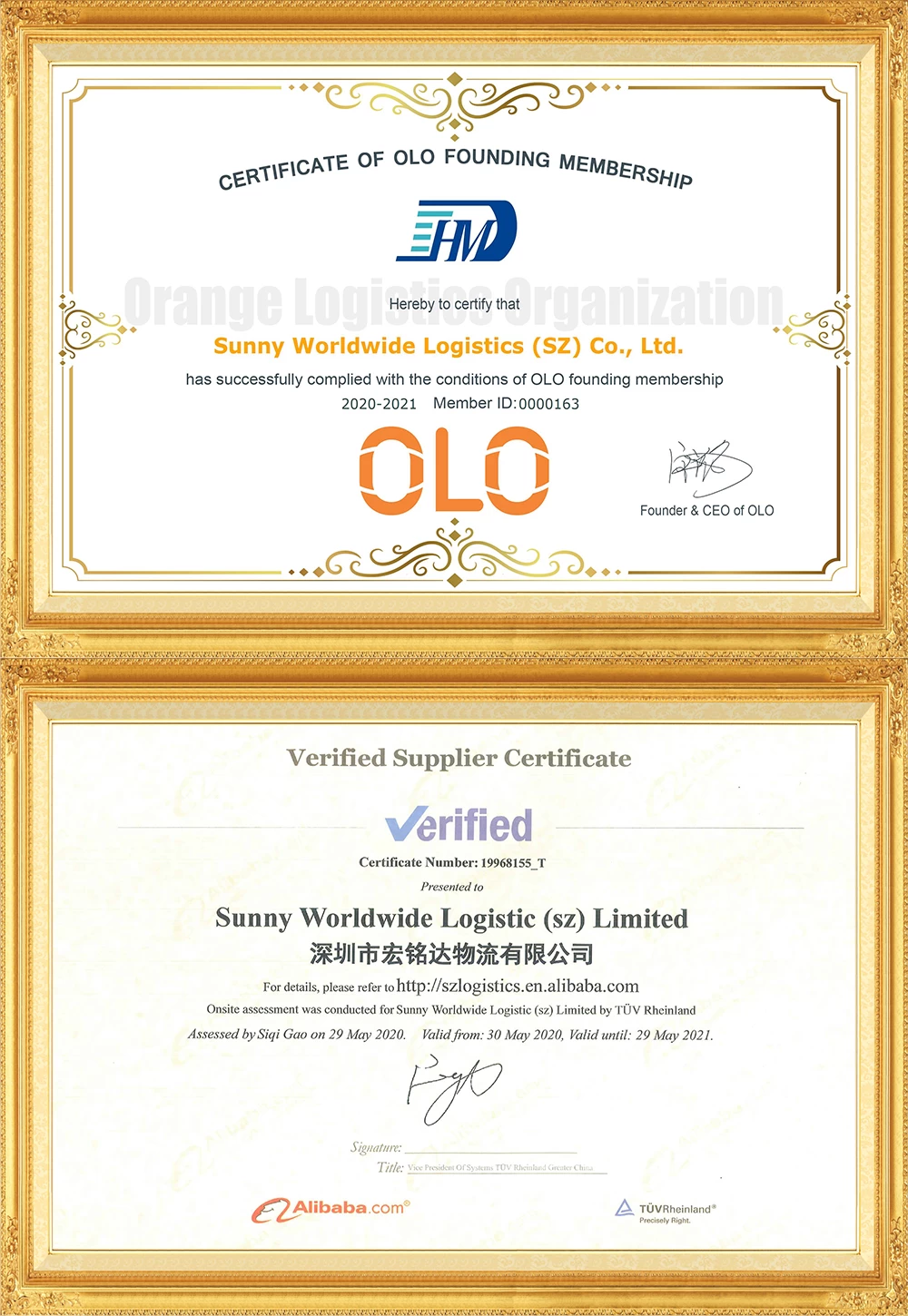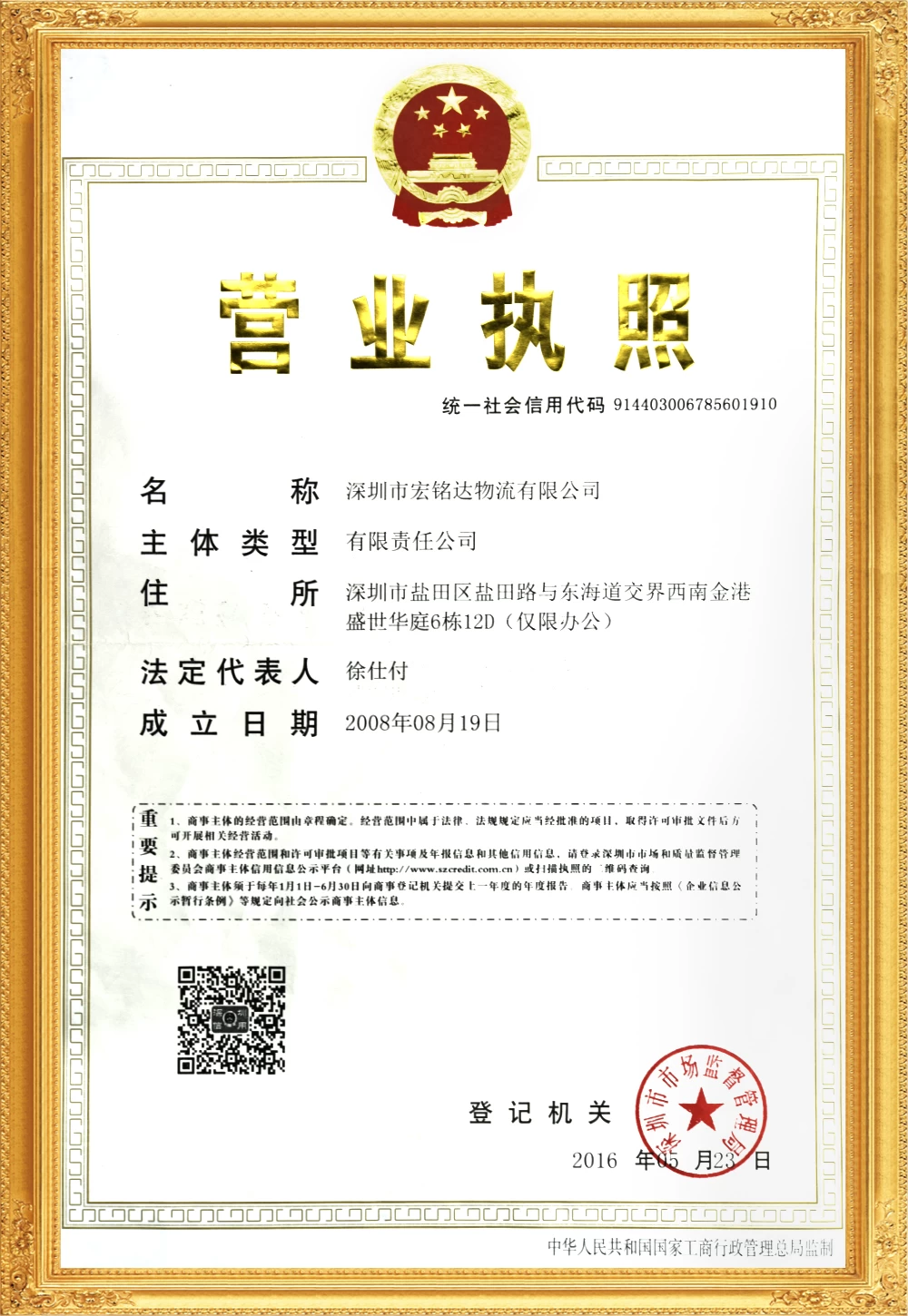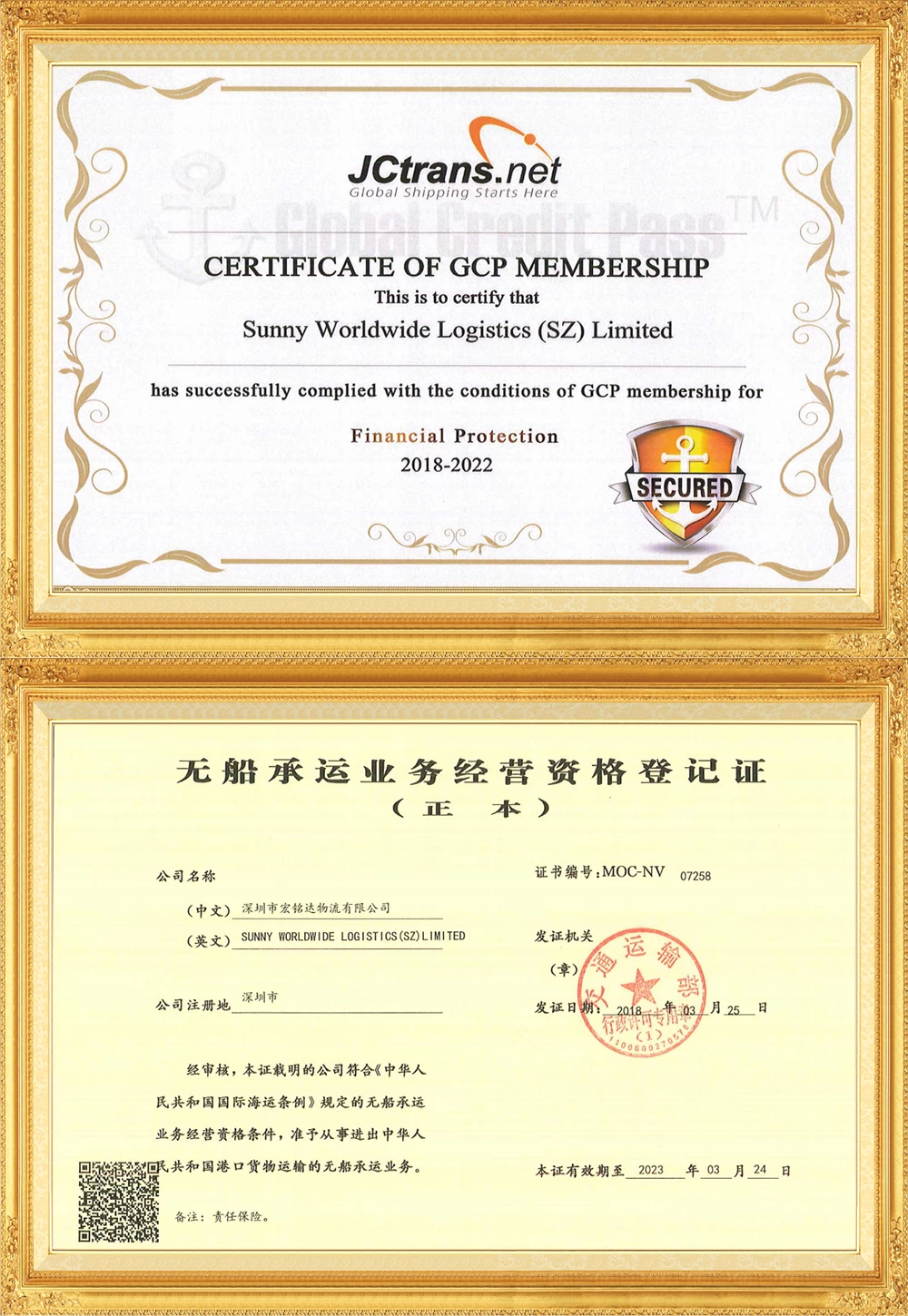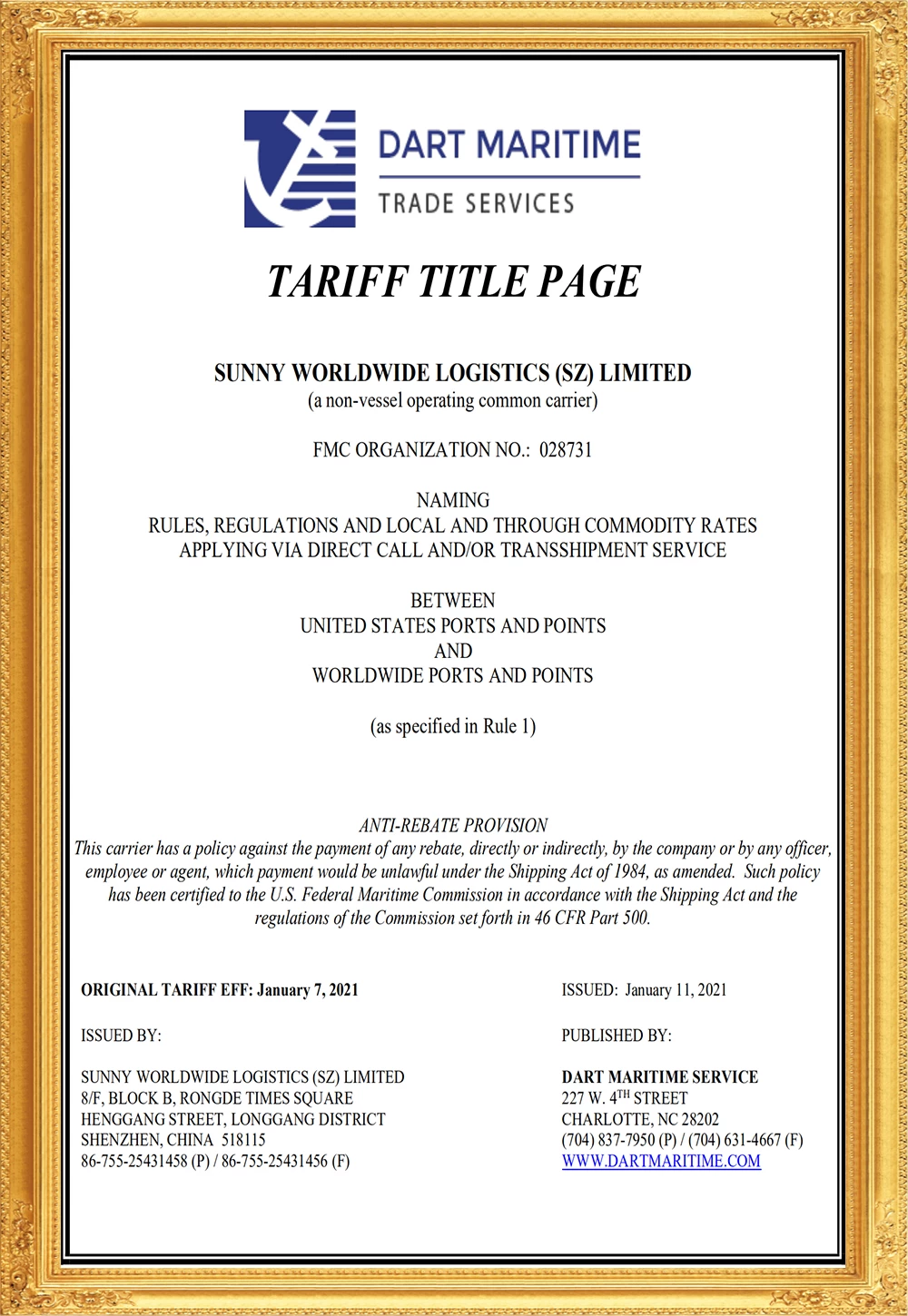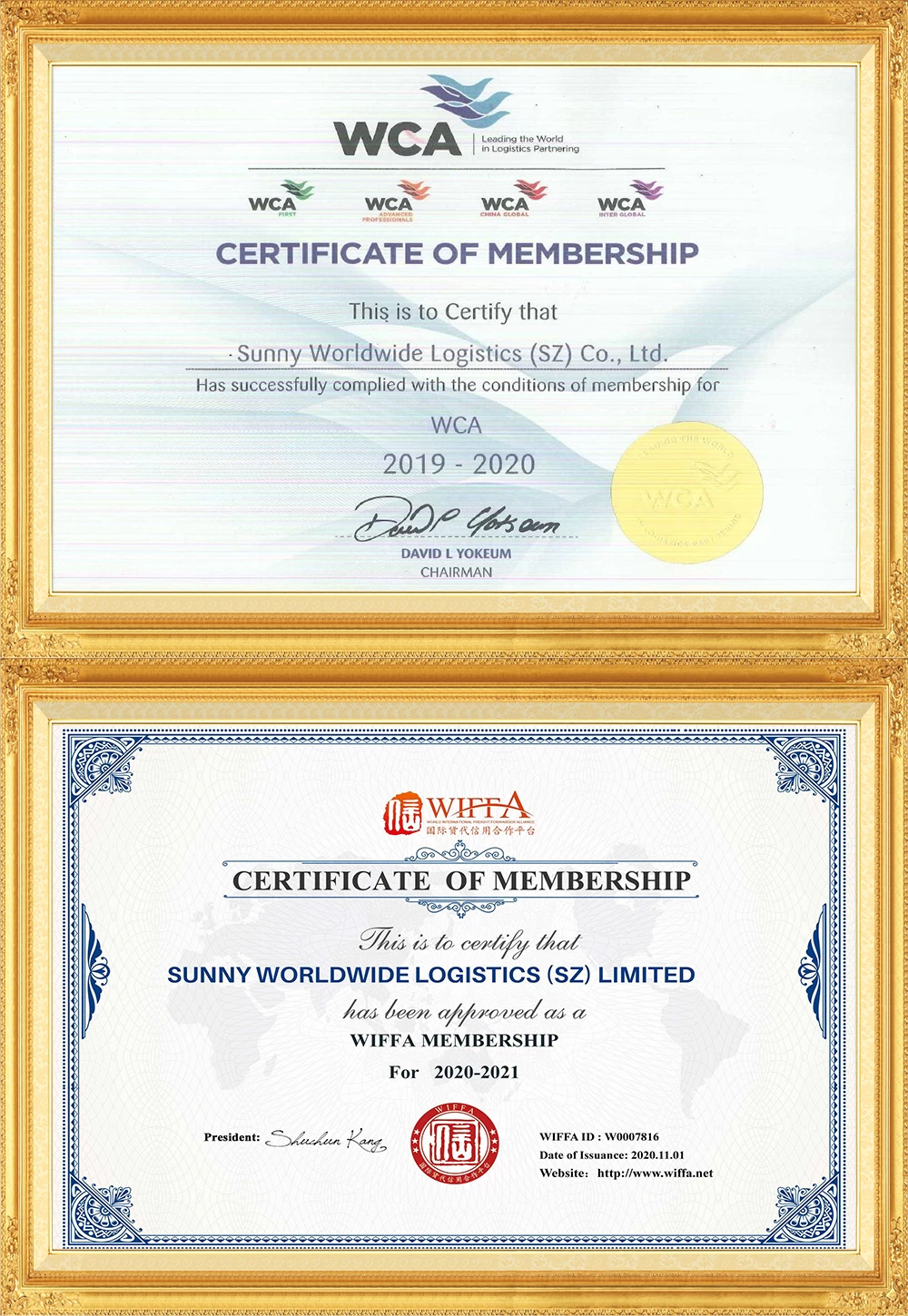With an increase of 15%, the price of the Sui Canal is going to increase again!
Egypt's Suez Canal Authority recently issued a statement saying that starting from January 15, 2024, the tolls for some ships passing through the Suez Canal will be increased.
The statement said that starting from January 15 next year, crude oil carriers, product oil carriers, liquefied petroleum gas carriers, liquefied natural gas carriers, chemical carriers and other liquid bulk carriers, container ships, vehicle carriers, cruise ships , tolls for special floating facilities will increase by 15%. Tolls for dry bulk carriers, general cargo ships, ro-ro ships and other vessels will be increased by 5%.

At the same time, container ships sailing directly from ports in northern and western Europe to ports in the Far East are not affected by the new round of price increases, the statement said.
In June this year, Egypt's Suez Canal Authority announced that the Suez Canal's revenue would reach US$9.4 billion in the 2022-2023 fiscal year, up from US$7 billion in the previous fiscal year.
The Suez Canal is located at the junction of Europe, Asia and Africa, connecting the Red Sea and the Mediterranean. Canal revenue is one of the main sources of Egypt's national fiscal revenue and foreign exchange reserves.
sofreight.com: Port Encyclopedia
The Port of Suez is located at the top of the Gulf of Suez in the Red Sea, southeast and southwest of Suez City. The Port Authority coordinates are 29 degrees 57 minutes north latitude and 32 degrees 33 minutes east longitude.
7% of the world's maritime trade volume passes through the Suez Canal, of which 35% is in ports along the Red Sea and Persian Gulf, 20% is in ports in India and Southeast Asia, and 39% is in the Far East.

According to statistics, about 18,000 ships from more than 100 countries and regions around the world pass through the canal every year. 70% of the oil exported from the Middle East to Western Europe is transported through the Suez Canal. The goods transported through the Suez Canal every year account for 14% of the world's maritime trade. Among the artificial canals in the world suitable for maritime transportation, the number of countries using them and the number of passing ships There are many, and the volume of cargo is huge, and the Suez Canal ranks among the best.
In 2021, a Panama-flagged heavy cargo ship ran aground in the new channel of the Suez Canal that day, causing congestion in the channel. According to research by German insurance company Allianz, the blockage of the Suez Canal caused by the grounding may cost global trade US$6 billion to US$10 billion per day.



